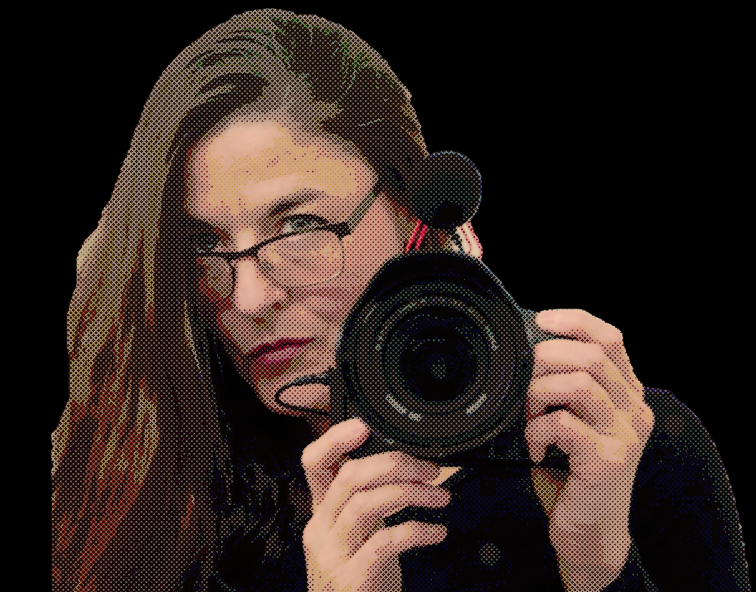
The biggest issue with writing a book is that you need to somehow fill up blank space on a page with words. Specifically, words that form a narrative. Failing to do this means you’ve failed to write a book.
This is ALWAYS, 100% of the time, the reason people try and fail to write a novel.
The problem is it’s quite easy to think a lot about writing a book, and then not put any actual words on a page. In a future post I’ll discuss how to find the time to write, but for now I’ll address the beat before the actual writing, which is to have a plan.
Some people can just sit down and write a book with no planning whatsoever, like spinning gold from thin air. The people who can do so and create something that’s not a steaming pile of shit, however, are extremely rare…they may not even actually exist. So you’re almost certainly not one of them, sorry. You need to have SOME sort of plan. How detailed the plan needs to be depends on your personal preference as a writer.
First, you need to go through every step in How to Start…okay you don’t need to, like you’re not doomed to failure if you don’t, but your chances of success are much higher if you do. Once you’ve done that, it’s time to fill in the actual plot details. There are two ways to do this: you can either write down the details of your plot before you begin to write, called plotting, or you can create the plot as you write, called pantsing. Here are more details about the two, pros and cons, and hybrid options.
Plotting:
- What it is: Plotting is when you write out scene-for-scene what happens in your story, ala “Scene (or chapter) opens with John going to the grocery store. While there, John meets Scarlet, who’s shopping for beans. The two talk about the weather and other mundane stuff before they both realize they see the same therapist and decide to arrange a date to compare notes…” etc. [note: a “scene” is an event, or sometimes a series of events, that are connected by a singular time, place, or purpose; a “chapter” is one long scene or multiple scenes that complete part of a narrative arc…I’ll go into the details in a future post.] You can get as general or as detailed as you like, or write in narrative format (as in the example) or bullet format.
- Pros: Lays out a roadmap for the story to follow, with a clear beginning, middle, and end; allows authors to ID potential problems before they start writing, such as a saggy middle or a missing piece of a mystery story
- Cons: Rigidly following a plot outline can result in inauthentic characters whose actions are based on what’s required of the plot; removes opportunities for spontaneity that might’ve taken the story in a more interesting direction; writers can get stuck in an endless plotting loop, where they spend all their time plotting out the story instead of actually writing it (Fantasy authors are most likely to have this problem, usually due to endless worldbuilding; I have a friend who excitedly told me he’d written 75 pages (!) of a fantasy plot outline…dude, just write the damn story!)
Pantsing:
- What it is: Pantsing is when a writer makes up the plot as they go along, as in “by the seat of their pants,” get it?
- Pros: The story develops organically, with the actions of the characters creating the plot; endless opportunities for spontaneity and originality; gets words on the page a lot quicker than plotting
- Cons: Story can drag on with no direction or resolution; likely to require significant editing to tighten and hone the narrative; authors can get stuck if they write themselves into a corner, or start strong and then give up when they realize they don’t know where they’re going with the story
Hybrid Options:
Most authors use some combination of plotting and pantsing. For instance, George R.R. Martin uses a “gardening” technique, where he plants the seeds of his story–meaning he spends a lot of time on the setup—then lets the plot unfold organically based on the established themes. JK Rowling, on the other hand, does significant plotting in the form of a spreadsheet that lays out what’s happening with each plot thread in every chapter. Stephen King is a notorious pantser, but even he has a set of common themes that shape his narratives, ex: universal horror tropes, stories set in Maine, children in peril, weird sex stuff, etc.
Most beginning writers who are serious about writing a book will do a lot of plotting; those who aren’t serious will often try to pants it and give up after a few pages.
Even plotting can be a difficult task if you’re not sure what you’re doing, so here are a few options if you’re at a loss of where to start:
- Beat Sheet Method
This method grew in fame—or infamy, depending on whether you like or dislike the results—with the explosive popularity of Blake Snyder’s Screenwriting 101 book Save the Cat! in 2005. The original book was intended for screenwriters producing movie scripts, though there is a spinoff version specifically for novel-writing. The beat sheet method described in Snyder’s book is where a writer uses bullet points to outline the key sequence of events in the story, known as the “beats.” Snyder describes what exactly these beats should be, aka “Theme Stated,” “Catalyst,” “Debate,” etc., up until “Final Image.”
Snyder’s book has been so influential to screenwriters that it’s been blamed at least in part for the sameness of movies released in the last decade, i.e. everybody’s following the same “failure-proof” formula. I’d say other factors are more to blame—for instance, Disney buying everything and demanding the same mass-produced, originality-free product to ensure maximum sales, and big studios spending way too much on individual movies and known IPs to the point they won’t take risks anymore—but it does illustrate the dangers of following a formula too closely. Any creative method should serve as a guide, not a prescription. It’s up to you to understand the basic principles of storytelling to know when you can stray from the guide and still get positive results.
Though Snyder’s method was originally meant for screenplays, it translates well into novel-writing because the storytelling basics are the same (I’ll go into detail about screenwriting vs novel-writing in a future post). Therefore, you can use the method to outline your novel as well.
- “Baking Bread” Method
This method is similar to the Beat Sheet Method, the difference being what the beats are. Basically, you write an outline filling in the details of each story point as I described in my “Baking Literary Bread” series of posts (originally described in Story Physics by Larry Brooks); for instance, “Inciting Incident,” “Plot Point 1,” “Midpoint,” “Plot Point 2,” etc.
- Structured Timeline Method
The structured timeline method is ideal for a story premise built around a structured event, such as a school year, contest, or election, where the story beats progress according to a pre-set timeline. For instance, JK Rowling’s spreadsheet plotting is a version of this method. Every Harry Potter story takes place within one academic year, giving the story a predetermined structure to build the story beats around. The Hunger Games (first two books) is structured around a competition—the Hunger Games—with a set sequence of events—pre-game interviews and prep, opening ceremonies, game kick-off/initial slaughter, contestants pairing up, shrinking of the arena, etc.
In my own rom-com novel Spice of Love, the story closely follows the well-known sequence of events in the reality TV show The Bachelor…with some dramatic liberties when necessary. To write that story, I began by listing the typical sequence of events for the show, including each dating event’s duration and location, and from there determined the logical progression of the romance between the two main characters (a contestant and a producer—naughty!). This might’ve been the most plotting I’ve ever done for a book, but I’ve always been very concerned about consistent timelines in my books, so it made sense for this particular story.
- Rolling Outline Method
This is the method I use…which means it’s the best! (JK, you do you) After I finish the How to Start steps, I plot out the first four or five chapters of the story in narrative form, as I did above in the plotting example. They end up being summaries, ala “This happens, then this happens, then this happens.” At the end of each of these summaries, I specifically list the point of the chapter, ex: “Point of this chapter: Geni realizes she’s in love with Blaise, but believes he’ll never love her.” (Note that each chapter and section should have a specific purpose: either to build character or move the plot along, ideally both. I’ll expand on this in a future blog) Then I write those chapters.
When I reach the end of my plot outline, I do the same thing over again: plot out the next three or four chapters, then write them.
I repeat this process until I get to what I feel is the halfway point, or midpoint, of the story. Besides just feeling I’m about halfway, I can tell because my manuscript word count is around 40K words (my average novel is between 70K – 90K words). Then, I plot out the rest of the entire book—I call it the endgame—based on what came before.
I do this because, like George R.R. Martin, even though I have a general ending in mind, I don’t know exactly what’s going to happen when I start writing. In that way, I’m closer to a pantser than a plotter (and pantsing is more fun…and funnier in physical execution, except that it’s technically sexual assault…damn you #MeToo!). I’ll often veer away from my original plot summaries, which means the following chapters need to be consistent with what actually happened in the story, not what I planned to happen. By the halfway point, all the pieces of the story are in place and ready to start rolling toward the finale. It’s like setting up a line of dominoes—the midpoint is where I knock over the first domino in the chain I’ve set up from Page 1.
I prefer this method because, for me, it’s the best of both worlds—I give myself a short-term outline to follow, while leaving room for spontaneity and character actions to shape the plot organically.
Every writer will naturally settle on whatever method works for them. I came up with the Rolling Outline Method myself, without thinking too hard about it. It just felt right. You’ll probably have a similar epiphany, too.
I will tell you that every time I start to write a book, I have strong doubts about whether what I’m writing is going to come together, like maybe I’m writing a book to nowhere, and I should just give it up already and accept that I suck. But then, somehow, it all comes together.
It’s like magic, every time, and that part I can’t explain.
